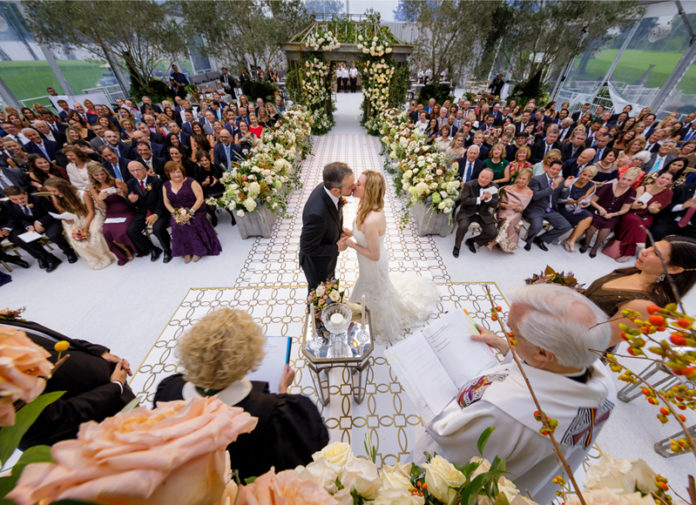by Bob Davis, Texas School Instructor
As a visual storyteller, I’m always seeking unique ways to tell the story that is being photographed. My background is in photojournalism. As a staff photographer at The Chicago Sun-Times, I’ve photographed more than my share of professional sports figures and events including Michael Jordan’s entire career from his rookie year to his many retirements. This has given me a lot of experience using remote cameras to capture a point of view that wouldn’t be possible using a manned camera. As a professional photographer today, my focus is on high-end, big ballroom wedding events, along with commissioned portraits and architecture that present exciting and unique ways of using remote cameras.
As a wedding photographer, my objective is to capture storytelling moments with as little presence as possible and my biggest compliment is when our clients say, “I didn’t even know you were there.” Using remote cameras at weddings has allowed me to photograph sensitive and emotional moments during the ceremony and to capture unique angles and points of view. I routinely use two remote cameras during a typical wedding ceremony.
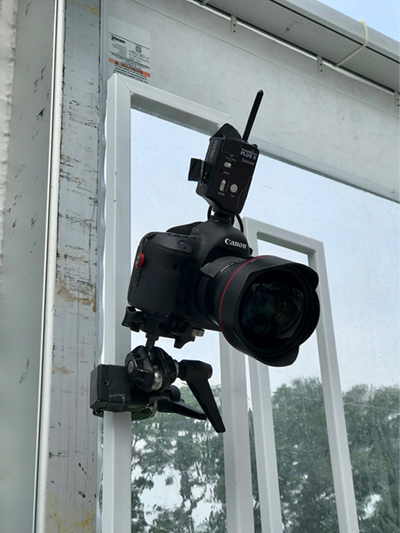 Remote One: The “Chuppah” cam – I photograph many Jewish weddings where, during the majority of the wedding ceremony, the couple is under the wedding canopy (the Chuppah) with their backs toward the audience. Well before the time for the ceremony, I mount a Canon 5DMIV with an EF16-35mm f2.8L vIII lens at 24mm, using a Bogen Super-Clamp discretely within the wedding canopy and decor. The key is to have an assistant stand where the couple will be and pre-focus the camera and lock it down. Once focus is set using live view, take the lens out of autofocus, using gaff tape secure the focus-ring so the lens does not shift focus.
Remote One: The “Chuppah” cam – I photograph many Jewish weddings where, during the majority of the wedding ceremony, the couple is under the wedding canopy (the Chuppah) with their backs toward the audience. Well before the time for the ceremony, I mount a Canon 5DMIV with an EF16-35mm f2.8L vIII lens at 24mm, using a Bogen Super-Clamp discretely within the wedding canopy and decor. The key is to have an assistant stand where the couple will be and pre-focus the camera and lock it down. Once focus is set using live view, take the lens out of autofocus, using gaff tape secure the focus-ring so the lens does not shift focus.
Do the same thing for your camera settings and white balance. For consistency, use manual settings and white balance. If I’m not sure what the lighting will be like during the ceremony, I will use auto ISO +1/3rd exposure compensation and shoot Raw. These are my usual settings: Aperture 5, Shutter speed 1/8th second, 3000* Kelvin (most venues I’m photographing in are Tungsten light) ISO 3200 or auto ISO. How do I fire the camera? I will get to that in a moment.
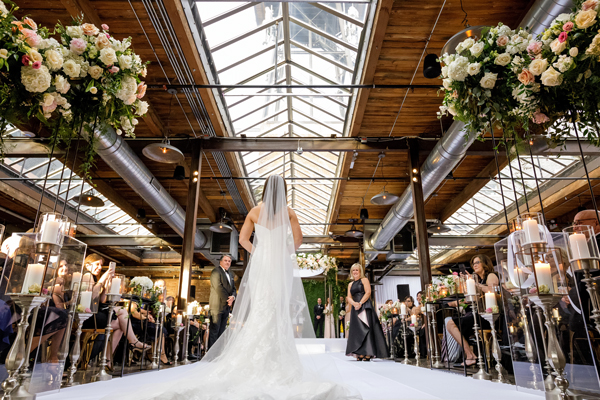
Remote Two: The “Aisle” cam – I set this camera up at the end of the aisle where the bride will pause before processing towards her groom using a PlatyPod for the low angle point of view and a Canon 5DMIV with a Canon EF16-35mm f2.8L vII lens at 20mm. This second cam is set up the same way, pre-focus midway down the aisle, secure focus, Aperture 6.3, Shutter speed 1/30th second, 3000* Kelvin, ISO 6400 or auto ISO + 1/3rd exposure compensation.
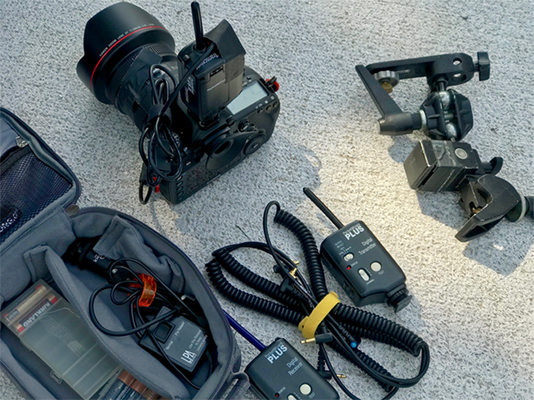
Here’s the magic of it all. Using Pocket Wizard remotes, it is possible to fire the remote cameras every time a frame is taken with my main camera. I connect the Pocket Wizard Transmitter via the PC sync cable into the PC socket of the Canon EOS 1DXMII with an EF 70-700mm f2.8L IS vII lens, this is my main ceremony camera. I’m a two-body shooter. On my other shoulder is my second camera, an EOSR with RF28-70 f2L lens. I use the Pocket Wizard PC sync cables that can be secured into the camera’s PC socket with the threaded cap. This prevents the PC cable from coming loose and missing a moment. In essence, whenever I take a frame through the lens, two other points of view are captured simultaneously. Although there are some useless frames, those key moments like the kiss, ring exchange, or the jubilation once the bride and groom turn and face their friends and family are captured from three unique angles!
There are many other uses for remote cameras. So, allow your imagination to ponder and to explore the possibilities.
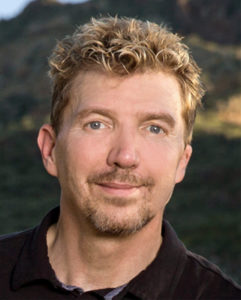 Bob and Dawn Davis, of Chicago, Illinois, will be teaching a class “Share the Light” at Texas School 2020. They have been photographers/designers for over 30 years, Bob at capture and Dawn at finishing. Together, they will be sharing techniques in creating classic photographs from start to finish. Learn more about their class at www.TexasSchool.org.
Bob and Dawn Davis, of Chicago, Illinois, will be teaching a class “Share the Light” at Texas School 2020. They have been photographers/designers for over 30 years, Bob at capture and Dawn at finishing. Together, they will be sharing techniques in creating classic photographs from start to finish. Learn more about their class at www.TexasSchool.org.



